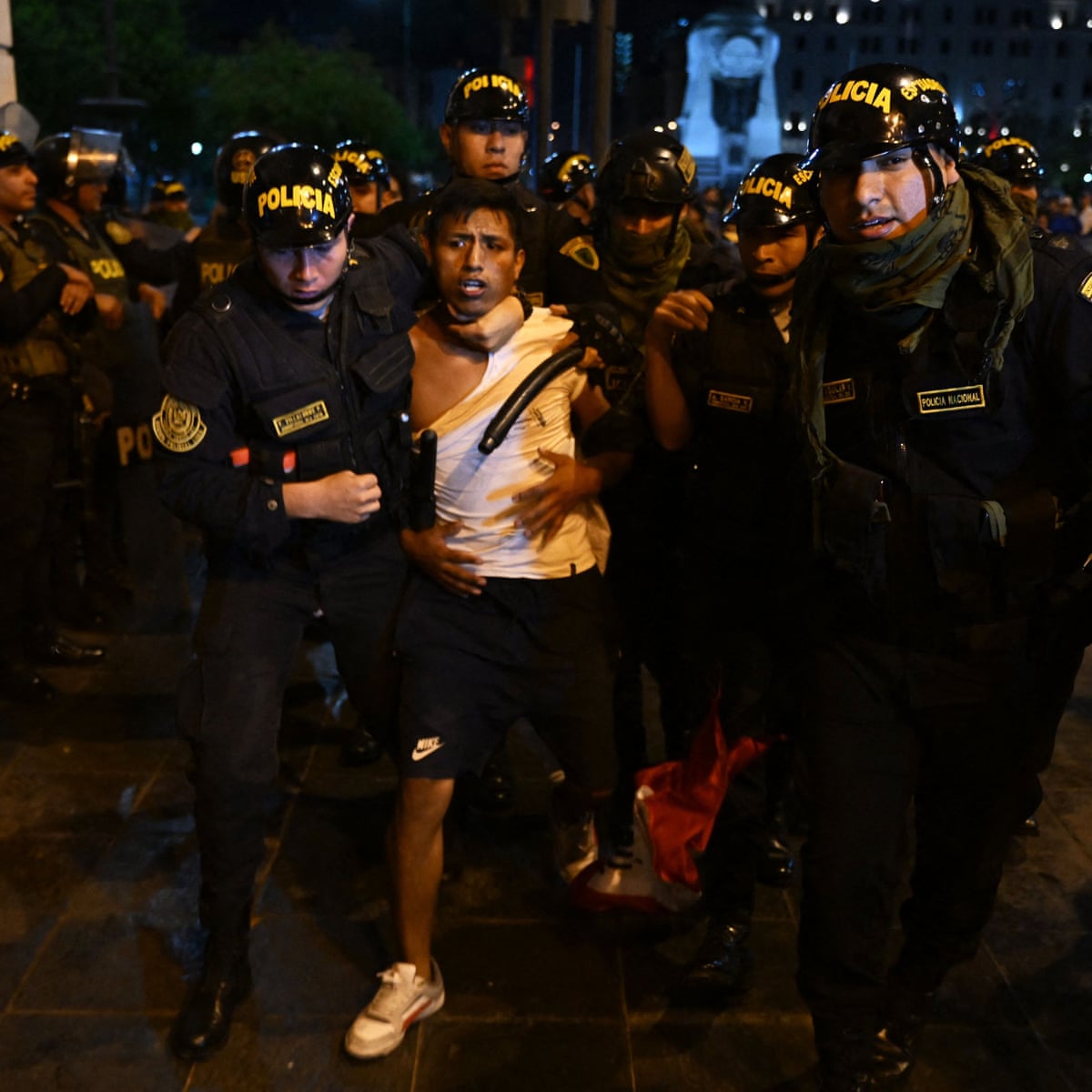As anti-President Dina Boluarte demonstrations spread across the nation, Peru has declared a state of emergency in the nation’s capital Lima and three other regions.
When leftist former president Pedro Castillo was deposed and arrested in early December after attempting to shut down Congress ahead of a vote on his impeachment, it set off a period of unrest that resulted in the deaths of more than 42 people.
The military is given authority to restore order under the state of emergency, which has a 30-day duration, and its implementation restricts freedom of assembly and movement. The port of Callao, just outside Lima, and the southern provinces of Puno and Cusco are also covered by the measures announced late on Saturday night, following the completion of a 30-day nationwide state of emergency that began last month.
The worst violence occurred in Puno, where 17 people were killed during altercations with the police on Monday alone. Attempting to quell the discontent, Boluarte — who served as Castillo’s vice-president and hails from the same leftwing party — has pledged to bring elections forward from 2026 to April 2024. She lost several ministers this week in the fallout from the violence. On Friday, she apologised for the bloodshed during the protests, but rejected protesters’ calls for her resignation.
“Some voices from violent and radical factions are asking for my resignation and provoking the population into chaos, disorder and destruction,” she said in a televised address. “I will not resign. My commitment is with Peru. ”.
Peru is no stranger to political dysfunction, having had six presidents since early 2018. The economy, driven by mining exports, has largely remained healthy. But the bloodshed of the current protests marks some of the most intense violence in decades. The country’s attorney-general has launched investigations into the deaths of protesters in several districts. The Inter-American Commission on Human Rights also sent a delegation to Peru in response to the crisis.
“State repression against demonstrators and the loss of human lives is exacerbating the crisis,” said Marina Navarro, executive director of Amnesty International Peru in a statement on Tuesday. “The people should not have to pay the price of the political crisis the country is going through. ”.

Also driving the protests is widespread anger at Peru’s entrenched inequality, with much of the country’s wealth and investment concentrated in Lima. Castillo — a former primary school teacher and subsistence farmer from the rural Chota province in the northern Andes — represented a break with the status quo. Castillo remains in pretrial detention on charges of rebellion for his brazen attempt to rule by decree.
Meanwhile, the country continues to disapprove of the new leadership. A poll by the Institute of Peruvian Studies published on Sunday found that Boluarte has a disapproval rating of 71 per cent, with Congress even more unpopular at 88 per cent.
“The majority of Peruvians see lawmakers as part of the problem and partly responsible for the extreme polarisation between branches of government,” said Verónica Ayala, a political science professor at the Pontifical Catholic University of Peru.
“I don’t think that early or immediate elections would resolve our political crisis. ”. Cusco, home to the ancient Machu Picchu ruins and vital to Peru’s tourism industry, has also been heavily affected. Protests there have intermittently closed operations at the region’s main airport over the past month. Demonstrators have also shut down ground transport across the country, threatening to disrupt copper production.
Read Also: Who is R Bonney Gabriel? Check out Miss Universe 2022

